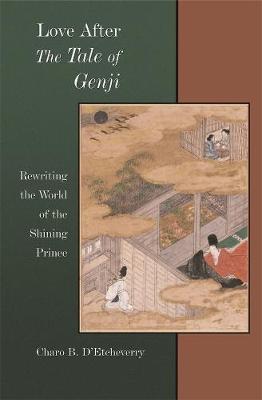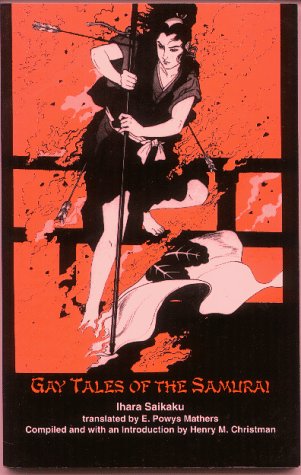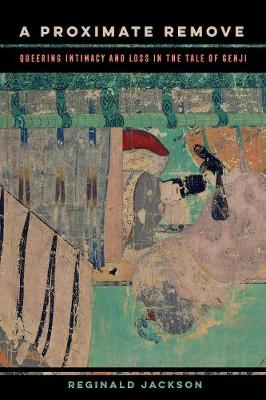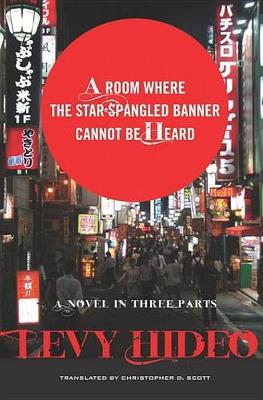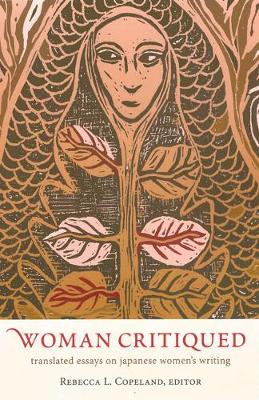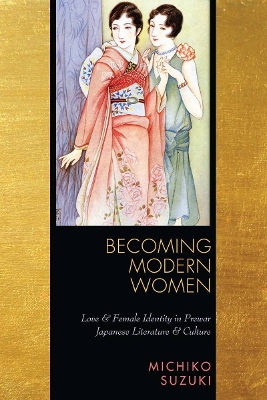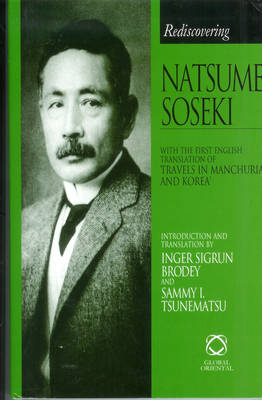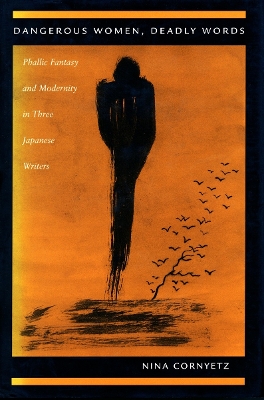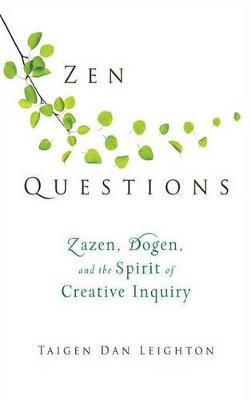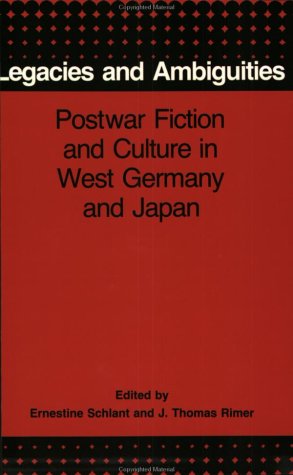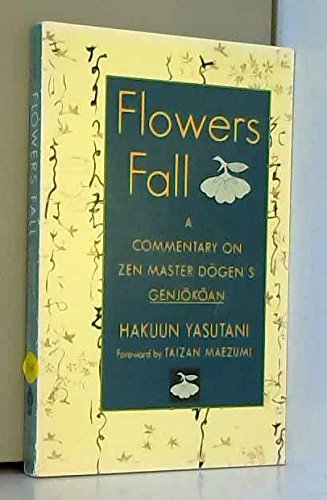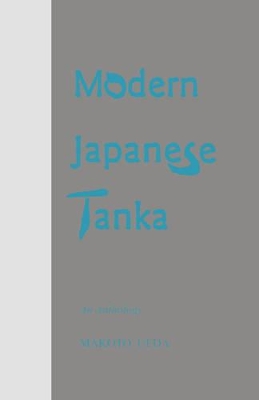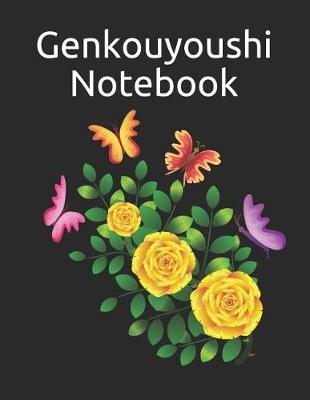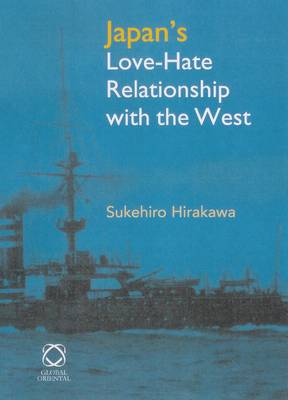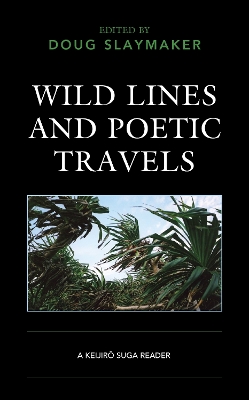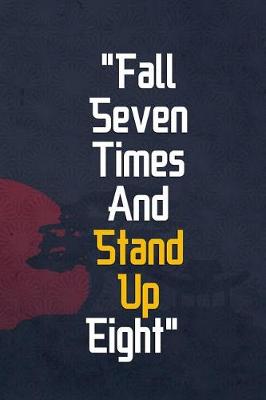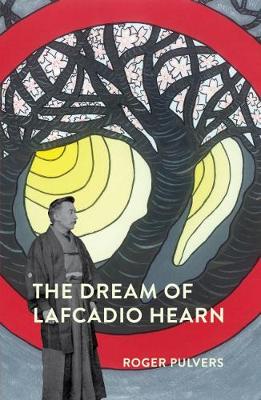The eleventh-century masterpiece The Tale of Genji casts a long shadow across the literary terrain of the Heian period (794-1185). It has dominated critical and popular reception of Heian literary production and become the definitive expression of the aesthetics, poetics, and politics of life in the Heian court.But the brilliance of Genji has eclipsed the works of later Heian authors, who have since been displaced from the canon and relegated to critical obscurity.Charo B. D'Etcheverry calls for...
Written by imperial command in the eighth century, The Kojiki: Records of Ancient Matters is Japan's classic of classics, the oldest connected literary work and the fundamental scripture of Shinto. A more factual history called the Nihongi or Nihon Shoki (Chronicles of Japan) was completed in A.D. 720, but The Kojiki remains the better known, perhaps because of its special concern with the legends of the gods, with the divine descent of the imperial family, and with native Shinto. Both works hav...
A Proximate Remove (New Interventions in Japanese Studies)
by Reginald Jackson
A free ebook version of this title is available through Luminos, University of California Press's Open Access publishing program. Visit www.luminosoa.org to learn more. How might queer theory transform our interpretations of medieval Japanese literature and how might this literature reorient the assumptions, priorities, and critical practices of queer theory? Through a close reading of The Tale of Genji, an eleventh-century text that depicts the lifestyles of aristocrats during the Heian perio...
A Room Where the Star-Spangled Banner Cannot Be Heard (Japanese Studies)
by Hideo Levy
Set against the political and social upheavals of the 1960s, A Room Where the Star-Spangled Banner Cannot Be Heard tells the story of Ben Isaac, a blond-haired, blue-eyed American youth living with his father at the American consulate in Yokohama. Chafing against his father's strict authority and the trappings of an America culture that has grown increasingly remote, Ben flees home to live with Ando, his Japanese friend. Refusing to speak English with Ben, Ando shows the young American the way t...
Presenting a fresh examination of women writers and prewar ideology, this book breaks new ground in its investigation of love as a critical aspect of Japanese culture during the early to mid-twentieth century. As a literary and cultural history of love and female identity, Becoming Modern Women focuses on same-sex love, love marriage, and maternal love-new terms at that time; in doing so, it shows how the idea of "woman," within the context of a vibrant print culture, was constructed through the...
First publication in English of Soseki's travels through Manchuria on the then recently-acquired South Manchurian Railway. 6-week travelogue including boat from Osaka to Dairen, railway up the Liaodong Peninsular to Fushun. Many descriptions of Manchuria. It is a lively, informative and sometimes very funny narrative, which reveals Soseki's wit and Western-style humour in observing the human condition, as well as the literary techniques that characterize his subsequent achievements in shaping th...
Dangerous Women, Deadly Words is a materialist-feminist, psychoanalytic analysis of a modern Japanese literary trope-the dangerous woman-in the works of three twentieth-century writers: Izumi Kyoka (1873-1939), Enchi Fumiko (1905-86), and Nakagami Kenji (1946-92). Linked to archaisms and magical realms, the trope of the dangerous, spiritually empowered woman culls from and commingles archetypes from throughout the Japanese canon, including mountain witches, female shamans, and snake-women. In r...
The literary legacies of World War II have been mixed and varied, especially in West Germany and Japan, where the burden of defeat has been expressed by novelists and intellectuals in strikingly different ways. Reflecting the cultural differences between the two nations, and the experiences of occupation and democratization that occurred after the war, the postwar literatures of Germany and Japan intimately reveal the hopes and aspirations, the dreams and the nightmares, of two peoples confronti...
Written by the founder of Japanese Zen, Eihei Dogen (1200-1253), the Genjokoan is often considered to be the key text within Dogen's masterwork, Shobogenzo. The Genjokoan addresses in terse and poetic language many of the perennial concerns of Zen, focusing particularly on the relationship between practice and realization.
This form of poetry, similar to haiku, is a short classical Japanese verse form that has attracted considerable attention in North America this century. This collection of tanka poems consists of 400 poems by 20 renowned Japanese poets, with biographical sketches of the authors.
Introductory chapters cover Japan's historic love-hate relationship with China, then an in-depth analysis of three themes: Japan's turn to the West; Japan's return to the East; from war to peace. The book explains why Japanese modern writers oscillate between East and West.
This volume presents the only English translation of the prayers of Japan's indigenous religious tradition, Shinto. These prayers, norito, are works of religious literature that are basic to our understanding of Japanese religious history. Locating Donald Philippi as one of a small number of scholars who have developed a perceptive approach to the problem of "hermeneutical distance" in dealing with ancient or foreign texts, Joseph M. Kitagawa recalls Mircea Eliade's observation that "most of the...
Wild Lines and Poetic Travels (New Studies in Modern Japan)
This volume of essays and translations analyzes the prodigious and wide-ranging output of Suga Keijirō. Based in Japan, Suga Keijirō’s (b. 1958-) works are wide-ranging and multilingual. His volumes of poetry have been shortlisted for a range of poetry prizes, and he was awarded the 2011 Yomiuri Shinbun Prize for Travel writing. He has translated dozens of books and has authored or co-authored more than fifteen other books across various genres. He is, by his own introduction, a poet first, but...
Knowing the Amorous Man (Harvard East Asian Monographs, #355) (Harvard East Asian Monographs (HUP))
by Jamie L Newhard
Tales of Ise (Ise monogatari) is traditionally identified as one of the most important Japanese literary texts of the Heian period (794--1185). Since its enshrinement in the classical literary canon as early as the eleventh century, the work has also been the object of intensive study and extensive commentary. Its idiosyncratic form--125 loosely connected episodes recounting the life and loves of an anonymous courtier--and mysterious authorship have provoked centuries of explication. Jamie Newh...
To Win Any Battle, You Must Fight As If You Are Already Dead
by Hannah Finley
